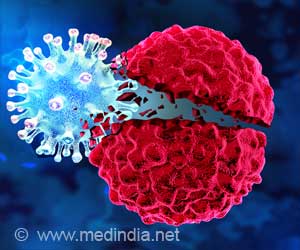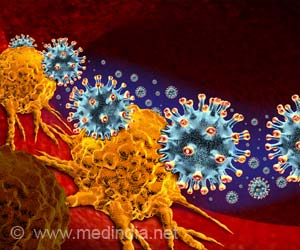The FDA approves a new glioma therapy for the first time in decades, offering renewed hope for patients with this challenging brain cancer.

FDA approves vorasidenib for Grade 2 astrocytoma or oligodendroglioma with a susceptible IDH1 or IDH2 mutation
Go to source). Grade 2 gliomas are incurable brain tumors. IDH mutations are found in the vast majority of lower grade gliomas.
‘Big news for #braincancer patients! The #FDA has approved #vorasidenib, a breakthrough treatment for Grade 2 #astrocytoma, a type of brain tumor.’





This approval is based on findings from the INDIGO clinical trial, a global phase 3, double-blind, randomized study. The trial demonstrated that Vorasidenib more than doubled progression-free survival and delayed the need for radiation and chemotherapy in patients with Grade 2 IDH-mutant glioma following tumor removal surgery. INDIGO marks the first phase 3 trial of a molecularly targeted therapy for IDH-mutant glioma. New Hope for Low-Grade Gliomas
“The INDIGO trial shows that IDH inhibitors can work in low grade gliomas with the IDH mutation,” says Patrick Y. Wen, MD, Director of the Center for Neuro-Oncology at Dana-Farber Cancer Institute and one of the trial’s three study chairs. “The last drug that was approved for low grade gliomas was in 1999, so this will be the first new drug in a long time.”A key benefit of vorasidenib therapy is that it can delay the need for treatment with radiation and chemotherapy. Current treatment involves surgery followed by radiation and chemotherapy. Radiation and chemotherapy are effective treatments, but after many years of treatment, patients will experience signs of cognitive dysfunction normally seen in much older people.
“These patients are often young, in their 30s or 40s. But ten to twenty years later, even if they are doing well from the point of their tumor, they often show signs of dementia after radiation and chemotherapy,” says Wen. “If this medicine can delay the start of these treatments, it would delay cognitive dysfunction in patients and preserve their quality of life.”
The INDIGO trial enrolled 331 patients with Grade 2 IDH-mutated gliomas who had undergone surgery to remove the tumor. Patients who enrolled did not immediately need radiation and chemotherapy and instead were in a watch-and-wait period. During this time, they were randomized to take either vorasidenib or placebo.
Advertisement
“The trial found no difference in quality of life compared with placebo,” says Wen. “Tolerability is important because this is a drug that we expect people to be on for many years.”
Advertisement
Reference:
- FDA approves vorasidenib for Grade 2 astrocytoma or oligodendroglioma with a susceptible IDH1 or IDH2 mutation - (https://www.fda.gov/drugs/resources-information-approved-drugs/fda-approves-vorasidenib-grade-2-astrocytoma-or-oligodendroglioma-susceptible-idh1-or-idh2-mutation)
Source-Eurekalert















